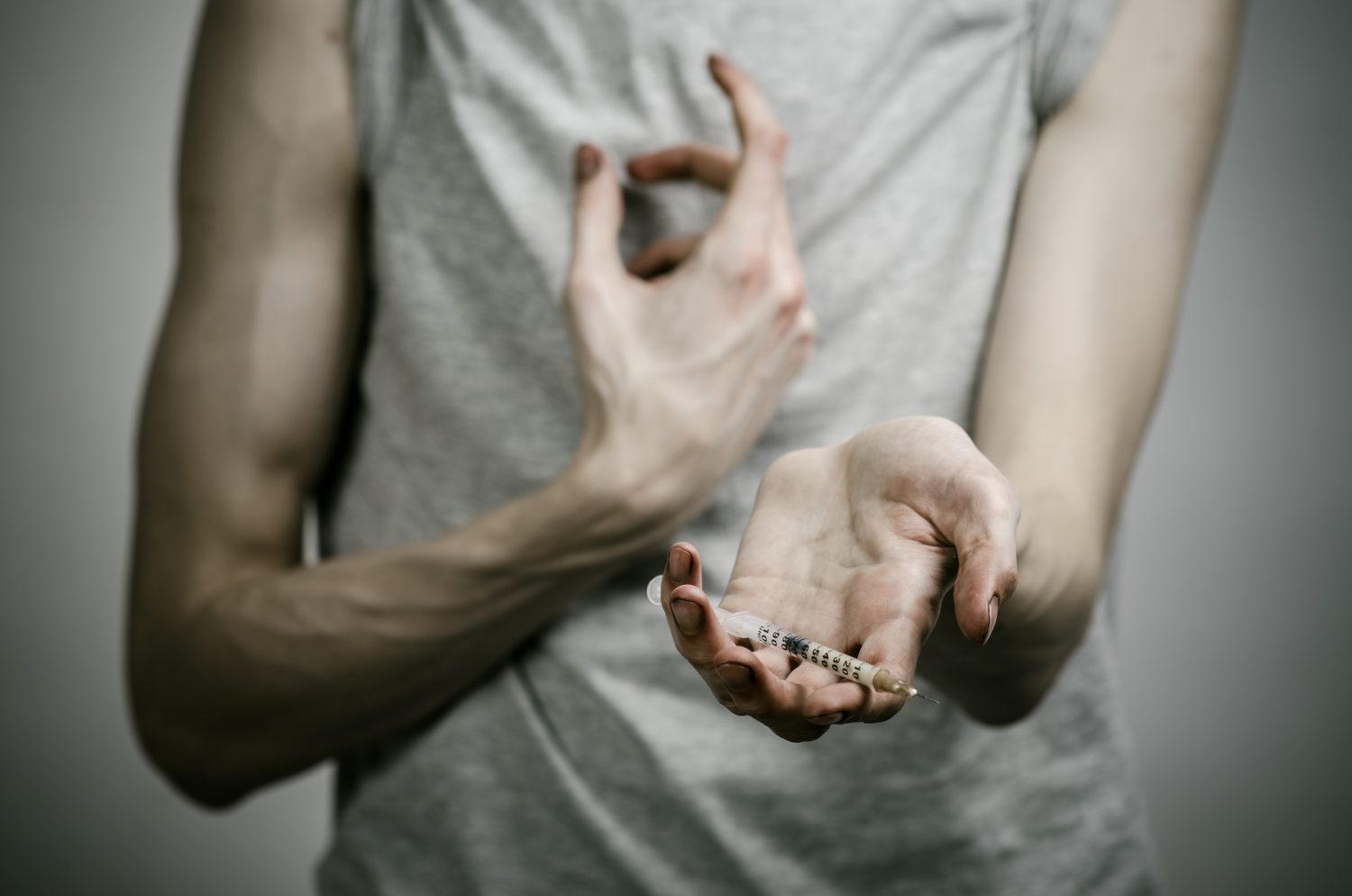Did you know that the National Institute on Drug Abuse estimates that between 26.4 million and 36 million people worldwide abuse opioids?
You might think that spotting opiate addiction is a straightforward task. Yet, this is congruent with some of the biases that many people hold when it comes to addiction subjects.
The reality is that many users can appear to be highly-functioning in most areas of their lives. As such, many don’t fit the bill of the stereotypical “drug abuser” cultivated by the media.
In fact, someone you know could be also carrying the burden of opiate addiction without your realization.
For over 26 years, people from all over the world have chosen Waismann Method as their opioid detox provider.
We know the challenges you face and the importance of creating a unique and personal experience for you right from the start.Call for Detox Options 1-800-423-2482
That’s why today, we’re breaking down the ways that people might be living in secrecy. Knowing the signs of addiction can make you more educated, which can give you the tools to reach someone in need. Furthermore, It could even help you in a more efficient way to identify the issue and help the person seek effective treatment.
Ready to learn more? Let’s get started!
Physical Signs to Look For
An opiate user might appear to be “normal” at first glance. Yet, there are often physical signs, however subtle, that can lead a person to say otherwise…
One of the most common signs is the eyes.
While a common sign of alcoholism is a steady occurrence of bloodshot eyes, opioid users will have slightly varying symptoms.
Pupils will often appear very small, or “pinned.” Also, his or her eyelids may appear weighted down. The eyes themselves may look glassed-over.
These signs might provide you with the first clues that the person has a secret part of their lives that they might be scared or ashamed to share…
You can also notice in some cases, a rapid weight change, which often accompanies opioid abuse.
For some people, specific opioids can cause nausea and vomiting. As a result, they’ll appear frailer and thinner than usual. Or, some opioids can create a food craving or preference for sugar, leading to weight gain.
In this regard, what you’re looking out for is a change that occurs all at once and reveals itself in dramatic fashion. This is often a sign that the person might be taking high doses of opioids, or for a sustained period of time.
Reading Between the Behavior
Even if the physical signs have yet to take hold, you can still help spot if addiction is present by the behavioral changes that may begin to take place.
For one, consider if there have been frequent absences from work. Has he or she bowed out of many social activities or been consistently late for get-togethers? Has your once-solid relationship suddenly gone on the back burner?
Recurring absences or tardy behavior are often some of the first ways that someone can spot an opiate addiction in others.
Other behavioral signs can include someone who acts vaguely about how they spend their time. Often, this person isn’t forthcoming with personal details. He or she may offer general recaps and explanations of events.
Do you suspect someone is abusing opioids due to missed obligations? If that person can’t offer a clear explanation of how they’re filling their days or shroud themselves in secrecy, this may support your hunch.
In addition to spending more time in isolation to use the opioids themselves, users might miss work or other responsibilities due to addiction-related illnesses (such as nausea).
They might also be spending that time finding doctors to make sure their prescription orders are refilled as their tolerance and need for the drug progresses.
This is called “doctor shopping.” The process of seeking many treatment providers to fulfill many or ongoing opioid prescriptions. A person engaging in this behavior may find various reasons to “visit a doctor” — another sign to look out for.
Of course, it’s important to note here that these are human beings in distress. Regardless of the reasons they have become opioid users, now they feel shame and guilt. They are not sure how others will react to their current situation, which leaves them even more lonely. Don’t jump to conclusions, don’t become a judge, instead try to approach the situation with knowledge and compassion.
Emotional Difficulties
Even an opioid user who rarely misses work and maintains an active social life may offer other clues that they are in some kind of emotional distress.
Common ways that opioids affect one’s personality and mood include a heightened sense of anxiety. You may also note more frequent mood swings. There are a number of emotional disorders that could be affected or further dysregulated with opioid use. To this end, it’s important to consider the full scheme of symptoms before assuming someone you know is able to consciously make the right decisions.
As these drugs affect the brain’s chemical makeup, they can cause users to react in differing ways. As such, the way one responds might be different from another.
There is Effective Medical Help
Do you suspect someone you know is living in secrecy while suffering from opiate addiction? Or are you struggling with drug abuse yourself? If so, we’d love to help get you the support you need.
We offer rapid opiate detox programs that cover the full spectrum of recovery. From pre-treatment services to inpatient treatments and post-detox care, we’re here for you every step of the way.
To get started, feel free to read some testimonials from patients who’ve seen life-changing success from our program. Then, contact us with additional questions or to simply start the process of seeking detox. A brighter future could start today!






